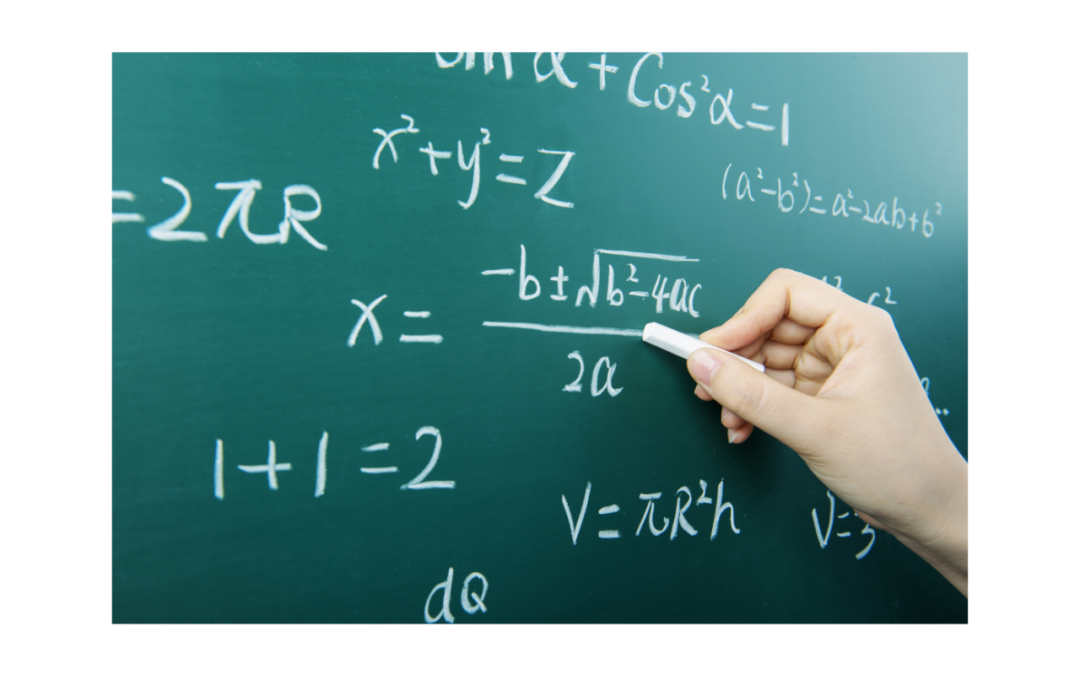
“However” vs. “though”: similar, but not the same
Among conjunctions (transitional words), however and though pose a particular challenge because they are so similar in terms of both of both meaning and usage. But while there is significant overlap between them, they are not entirely identical from a grammatical standpoint. The fact that they can be used interchangeably in some situations does not mean that one can always be substituted for the other.
However is a conjunctive adverb. It can be used in the following ways:
- To begin a sentence, followed by a comma
Correct: Many of the writing surfaces used in the past deteriorated quickly. However, some clay tablets have endured for thousands of years.
- In the middle of a sentence between two commas (non-essential)
Correct: Many of the writing surfaces used in the past deteriorated quickly. Some clay tablets, however, have endured for thousands of years.
- At the end of a sentence, after a comma
Correct: Many of the writing surfaces used in the past deteriorated quickly. Some clay tablets have endured for thousands of years, however.
Though can act as two different parts of speech.
As a subordinating conjunction, it can begin a dependent clause (fragment) that cannot stand on its own as a sentence.
Fragment: Though many of the writing surfaces used in the past deteriorated quickly.
The dependent clause can be placed before an independent clause to form a complete sentence.
Correct: Though many of the writing surfaces used in the past deteriorated quickly, some clay tablets have endured for thousands of years.
The order of the clauses can also be flipped so that the dependent clause begun by though comes second. Because though is a “strong” subordinating conjunction, a comma is placed before it.
Correct: Some clay tablets have endured for thousands of years, though many of the writing surfaces used in the past deteriorated quickly,
Note that when though is used to begin a dependent clause, it is not followed by a comma—regardless of where it appears in the sentence.
Incorrect: Though, many of the writing surfaces used in the past deteriorated quickly, some clay tablets have endured for thousands of years.
Incorrect: Some clay tablets have endured for thousands of years, though, many of the writing surfaces used in the past deteriorated quickly,
Though can also be used as an adverb.
Like however, though can be used non-essentially in the middle of a sentence. In this case, it must be surrounded by commas (one before, one after).
Correct: Many of the writing surfaces used in the past deteriorated quickly. Some clay tablets, though, have endured for thousands of years.
It can also be placed after a single comma at the end of a sentence.
Correct: Many of the writing surfaces used in the past deteriorated quickly. Some clay tablets have endured for thousands of years, though.
To reiterate: In the two adverb usages above, though is completely interchangeable with however. This means that the SAT and ACT will never give you both options and ask you to choose between them.
But here’s where things get tricky. While though is an adverb, it is not, technically speaking, a conjunctive adverb in the same way that however is.
Why? Because the main characteristic of a conjunctive adverb is that it can be used as an introductory word at the start of an independent clause (after a period or semicolon), followed by a comma. It is perfectly acceptable to use however this way—but not though.
So while we can do this:
Correct: Many of the writing surfaces used in the past deteriorated quickly. However, some clay tablets have endured for thousands of years.
Correct: Many of the writing surfaces used in the past deteriorated quickly; however, some clay tablets have endured for thousands of years.
We cannot do this:
Incorrect: Many of the writing surfaces used in the past deteriorated quickly. Though, some clay tablets have endured for thousands of years.
Incorrect: Many of the writing surfaces used in the past deteriorated quickly; though, some clay tablets have endured for thousands of years.
As an SAT/ACT shortcut, know that period/semicolon + though + comma = wrong.
Next, there’s yet another twist: While though cannot substitute for however as a conjunctive adverb as an introductory word, it can still follow a period or semicolon (or even a colon) when it begins a new sentence as a subordinating conjunction.
Correct: A remarkable number of inscribed clay tablets from ancient Mesopotamia have survived until the present day. [Dependent] Though many other writing surfaces used throughout history have deteriorated, [Independent] clay has proven to be the most durable surface ever employed.
Correct: A remarkable number of inscribed clay tablets from ancient Mesopotamia have survived until the present day; [Dependent] though many other writing surfaces used throughout history have deteriorated, [Independent] clay has proven to be the most durable surface ever employed.
You can also think of it this way: Any word that can begin a sentence can be placed after a period or semicolon. Thus, the fact that though can be placed after either of these punctuation marks does not automatically make it a conjunctive adverb.
Now, let’s look at how this concept might appear on the dSAT. (Note: this question is based on Blue Book Test #1, Module 2, Question 22, with a slight tweak.)
Many of the writing surfaces used by ancient civilizations disintegrated shortly after being inscribed. A striking number of Mesopotamian tablets made from clay have _______ unlike other natural materials employed by ancient writers, clay deteriorates at a very slow rate, and so many tablets created from it have remained in strikingly good condition.
(A) survived, though;
(B) survived. Though,
(C) survived, though,
(D) survived though
To be clear: (A) and (B) are not asking test-takers to distinguish between two grammatically acceptable uses of though. Rather, (B) is automatically incorrect on grammatical grounds—though is not a conjunctive adverb equivalent to however, and it cannot follow a semicolon and be followed by a comma.
In addition, there is no answer here that correctly uses though as a subordinating conjunction (to begin a dependent clause; at the start of a sentence, not followed by a comma). So the question of whether this word is acting as an adverb or a subordinating conjunction is moot.
The point of the question, rather, is to identify that a contradictor should be placed at the end of the second sentence, in order to establish a contrast with the first sentence. Otherwise, the logic of the passage gets wonky. The only option that places though in the right spot is (A).
(C) does not work because the two commas around though signal a non-essential usage, which is grammatically acceptable in some instances but not this one. If the word is crossed out, we are left with a massive run-on. (D) creates the same problem in a more direct fashion.



